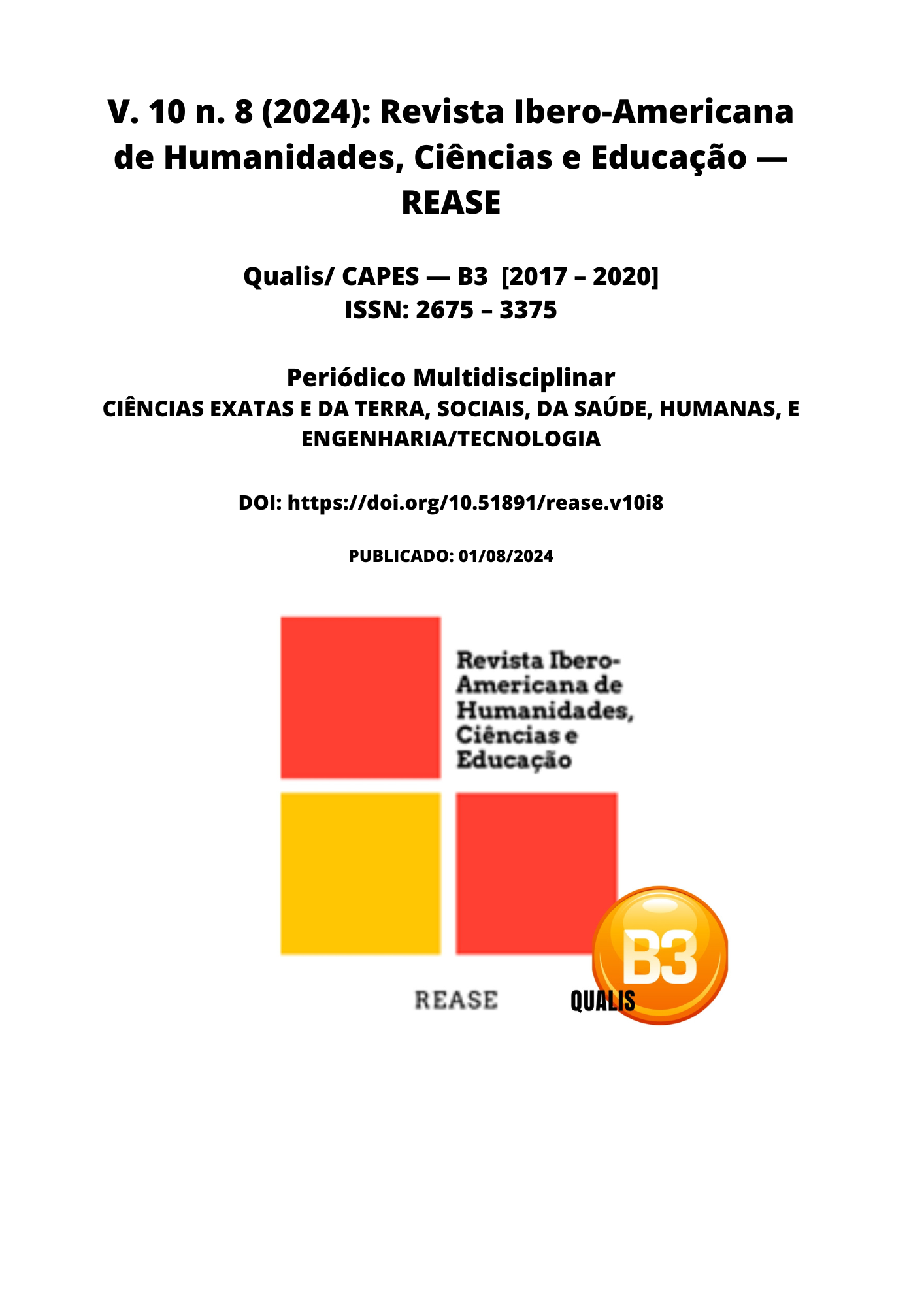ACROMEGALY AND CARDIOVASCULAR DISEASES: RISKS, PREVENTION STRATEGIES AND SURGICAL NEEDS
DOI:
https://doi.org/10.51891/rease.v10i8.15267Keywords:
Acromegaly. Cardiovascular diseases. Risks. Prevention. Surgery.Abstract
Introduction Acromegaly is a chronic endocrine disorder, usually caused by a pituitary adenoma that results in excessive production of growth hormone (GH) and insulin-like growth factor (IGF-1). This condition is often associated with several cardiovascular complications, including high blood pressure, ventricular hypertrophy and cardiomyopathy. Understanding the relationship between acromegaly and cardiovascular disease is essential for developing effective prevention and treatment strategies, including pharmacological interventions, radiotherapy and surgery. Objective The systematic literature review aimed to evaluate the cardiovascular risks associated with acromegaly, identify effective prevention strategies and analyze the need for surgical interventions in managing the condition. Methodology The methodology based on the PRISMA checklist was used to carry out the review. The PubMed, Scielo and Web of Science databases were consulted. The descriptors used included "acromegaly", "cardiovascular diseases", "ventricular hypertrophy", "cardiomyopathy" and "surgical treatment". The search focused on articles published in the last 10 years. The inclusion criteria were: clinical and experimental studies on acromegaly and cardiovascular complications, peer-reviewed articles and research that presented relevant quantitative or qualitative data. Exclusion criteria covered: studies focusing on conditions unrelated to acromegaly, non-peer-reviewed articles, and research from non-scientific sources. Results The results highlighted that acromegaly is strongly associated with the development of cardiovascular diseases, such as hypertension and cardiomyopathy. Pharmacological treatment, including somatostatin analogues and GH receptor antagonists, has been shown to be effective in reducing growth hormone and IGF-1 levels, contributing to the mitigation of cardiovascular risks. Surgical intervention, especially pituitary adenoma removal, has been shown to be an effective approach to controlling acromegaly and improving cardiovascular function. Radiation therapy, although helpful in some cases, can lead to long-term complications that require continued monitoring. Conclusion The systematic review highlighted the importance of integrated management of acromegaly and its cardiovascular complications. Treatment should include a combination of pharmacological therapies, surgical interventions and prevention strategies to minimize risks and improve patients' cardiovascular health. A multidisciplinary approach is crucial to optimizing clinical outcomes and providing comprehensive support to patients with acromegaly.
Downloads
Downloads
Published
How to Cite
Issue
Section
Categories
License
Atribuição CC BY

